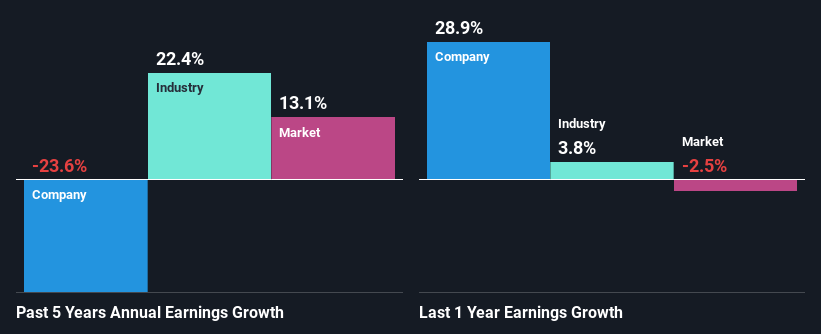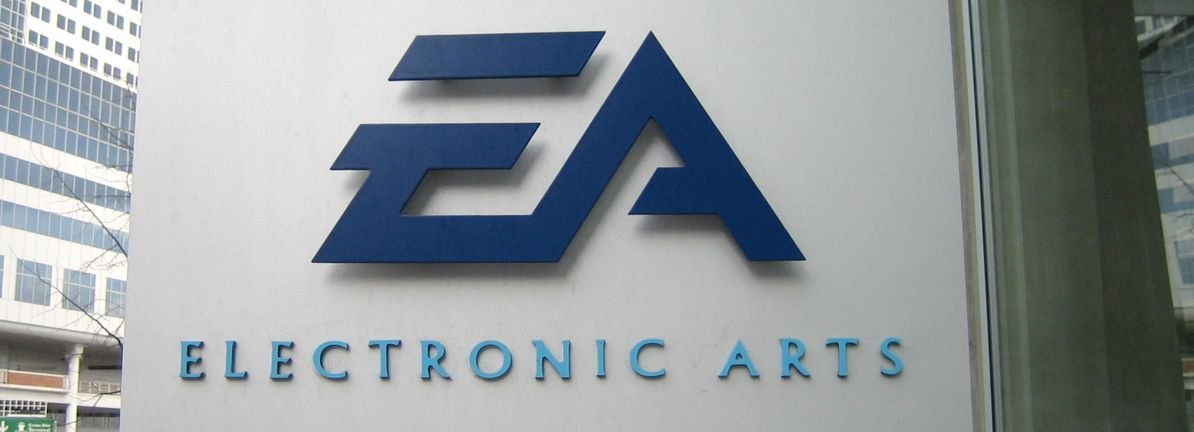Most readers would already know that Electronic Arts’ (NASDAQ:EA) stock increased by 1.7% over the past three months. We wonder if and what role the company’s financials play in that price change as a company’s long-term fundamentals usually dictate market outcomes. In this article, we decided to focus on Electronic Arts’ ROE.
Return on Equity or ROE is a test of how effectively a company is growing its value and managing investors’ money. Put another way, it reveals the company’s success at turning shareholder investments into profits.
See our latest analysis for Electronic Arts
How To Calculate Return On Equity?
The formula for ROE is:
Return on Equity = Net Profit (from continuing operations) ÷ Shareholders’ Equity
So, based on the above formula, the ROE for Electronic Arts is:
16% = US$1.2b ÷ US$7.4b (Based on the trailing twelve months to June 2024).
The ‘return’ is the profit over the last twelve months. That means that for every $1 worth of shareholders’ equity, the company generated $0.16 in profit.
Why Is ROE Important For Earnings Growth?
We have already established that ROE serves as an efficient profit-generating gauge for a company’s future earnings. Based on how much of its profits the company chooses to reinvest or “retain”, we are then able to evaluate a company’s future ability to generate profits. Assuming everything else remains unchanged, the higher the ROE and profit retention, the higher the growth rate of a company compared to companies that don’t necessarily bear these characteristics.
Electronic Arts’ Earnings Growth And 16% ROE
At first glance, Electronic Arts seems to have a decent ROE. Further, the company’s ROE compares quite favorably to the industry average of 12%. As you might expect, the 24% net income decline reported by Electronic Arts is a bit of a surprise. Therefore, there might be some other aspects that could explain this. Such as, the company pays out a huge portion of its earnings as dividends, or is faced with competitive pressures.
So, as a next step, we compared Electronic Arts’ performance against the industry and were disappointed to discover that while the company has been shrinking its earnings, the industry has been growing its earnings at a rate of 22% over the last few years.

Earnings growth is a huge factor in stock valuation. What investors need to determine next is if the expected earnings growth, or the lack of it, is already built into the share price. By doing so, they will have an idea if the stock is headed into clear blue waters or if swampy waters await. Is EA fairly valued? This infographic on the company’s intrinsic value has everything you need to know.
Is Electronic Arts Making Efficient Use Of Its Profits?
When we piece together Electronic Arts’ low three-year median payout ratio of 22% (where it is retaining 78% of its profits), calculated for the last three-year period, we are puzzled by the lack of growth. This typically shouldn’t be the case when a company is retaining most of its earnings. So there might be other factors at play here which could potentially be hampering growth. For instance, the business has faced some headwinds.
Additionally, Electronic Arts has paid dividends over a period of four years, which means that the company’s management is rather focused on keeping up its dividend payments, regardless of the shrinking earnings. Upon studying the latest analysts’ consensus data, we found that the company’s future payout ratio is expected to drop to 9.2% over the next three years. As a result, the expected drop in Electronic Arts’ payout ratio explains the anticipated rise in the company’s future ROE to 29%, over the same period.
Summary
On the whole, we do feel that Electronic Arts has some positive attributes. However, given the high ROE and high profit retention, we would expect the company to be delivering strong earnings growth, but that isn’t the case here. This suggests that there might be some external threat to the business, that’s hampering its growth. Having said that, looking at current analyst estimates, we found that the company’s earnings growth rate is expected to see a huge improvement. Are these analysts expectations based on the broad expectations for the industry, or on the company’s fundamentals? Click here to be taken to our analyst’s forecasts page for the company.
Valuation is complex, but we’re here to simplify it.
Discover if Electronic Arts might be undervalued or overvalued with our detailed analysis, featuring fair value estimates, potential risks, dividends, insider trades, and its financial condition.
Have feedback on this article? Concerned about the content? Get in touch with us directly. Alternatively, email editorial-team (at) simplywallst.com.
This article by Simply Wall St is general in nature. We provide commentary based on historical data and analyst forecasts only using an unbiased methodology and our articles are not intended to be financial advice. It does not constitute a recommendation to buy or sell any stock, and does not take account of your objectives, or your financial situation. We aim to bring you long-term focused analysis driven by fundamental data. Note that our analysis may not factor in the latest price-sensitive company announcements or qualitative material. Simply Wall St has no position in any stocks mentioned.

















